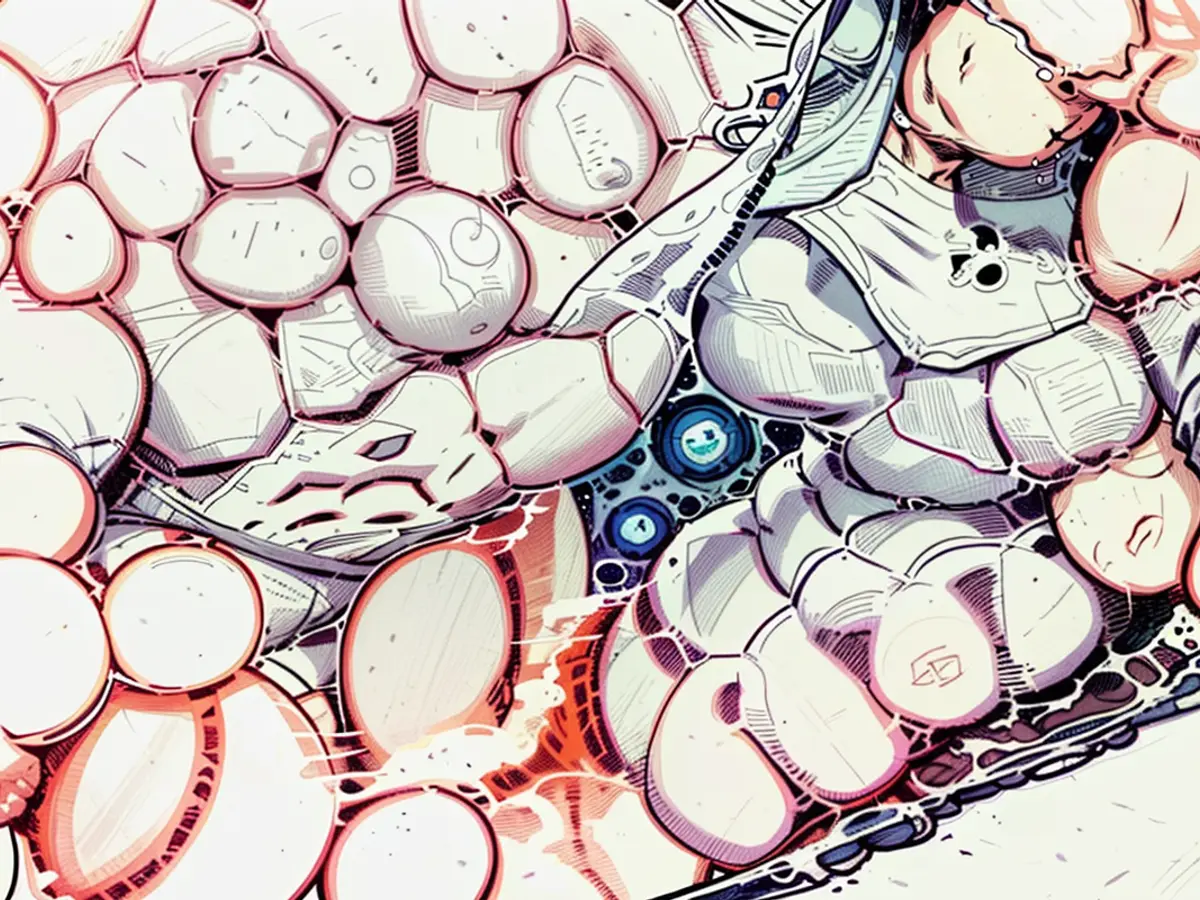Unidentified cell types dissolve excess body fat.
It's not always the case that all fat cells are harmful. Recent discoveries by a team from the Swiss Federal Institute of Technology Zurich (ETH) have revealed a new type of fat cells, dubbed "beige" fat cells, which consume energy, promoting better health. These cells use an unusual method, engaging in biochemical reactions that seem unnecessary. These reactions, known as "futile cycles," consume energy without producing any useful output.
Virtually all humans possess these beige fat cells. The more prevalent they are in the body, the leaner an individual tends to be and the better their metabolic health. Researchers are optimistic about the potential for new anti-obesity and metabolic disorder therapies, such as diabetes, based on these findings.
For some time now, it's been known that not all fat cells are the same. Humans primarily have white fat cells, which function as energy reserves and commonly accumulate on the abdomen or hips. Brown fat cells, however, are more active in infants. They generate heat to maintain body temperature, but their quantity decreases over time.
Beige fat cells, unlike their brown counterparts, can also produce heat but not as effectively. They are found in adults, scattered within white fat tissue, particularly in the neck and shoulder area. They aid in the consumption of excess energy.
Lead author Tongtong Wang of ETH Zurich in Schwerzenbach explains that beige fat cells convert energy into heat, breaking down excess fat. Wang's team has identified a previously unknown type of beige fat cell that differs from the known beige and brown fat cells. Unlike the known types, this newly categorized class of beige cells does not produce heat through the UCP1 protein.
Instead, these cells employ a "Sisyphus mechanism," as the researchers describe: They repeatedly engage in seemingly meaningless biochemical processes, which are called "futile cycles." These cycles consume energy without contributing anything to the biochemical household but generate heat.
Specifically, two conversion processes are involved, according to the research group. Fats are rapidly transformed into fatty acids, then quickly reformed into new fats. Meanwhile, the molecule creatine is converted back and forth into creatine phosphate.
These new beige fat cells, like their known counterparts, have beneficial health effects. "They have a positive impact on metabolic diseases and obesity," explains co-author Anand Sharma of ETH. Beige fat cells are often inactive, and researchers around Christian Wolfrum of ETH believe it may be possible to develop medications that activate them, similarly to existing approaches for brown fat. However, the path to a potential therapy remains long.
The following discoveries about beige fat cells have implications for new anti-obesity and metabolic disorder therapies. Unlike their brown counterparts, these new beige cells do not produce heat through the UCP1 protein, instead employing a "Sisyphus mechanism" to consume energy and generate heat.







